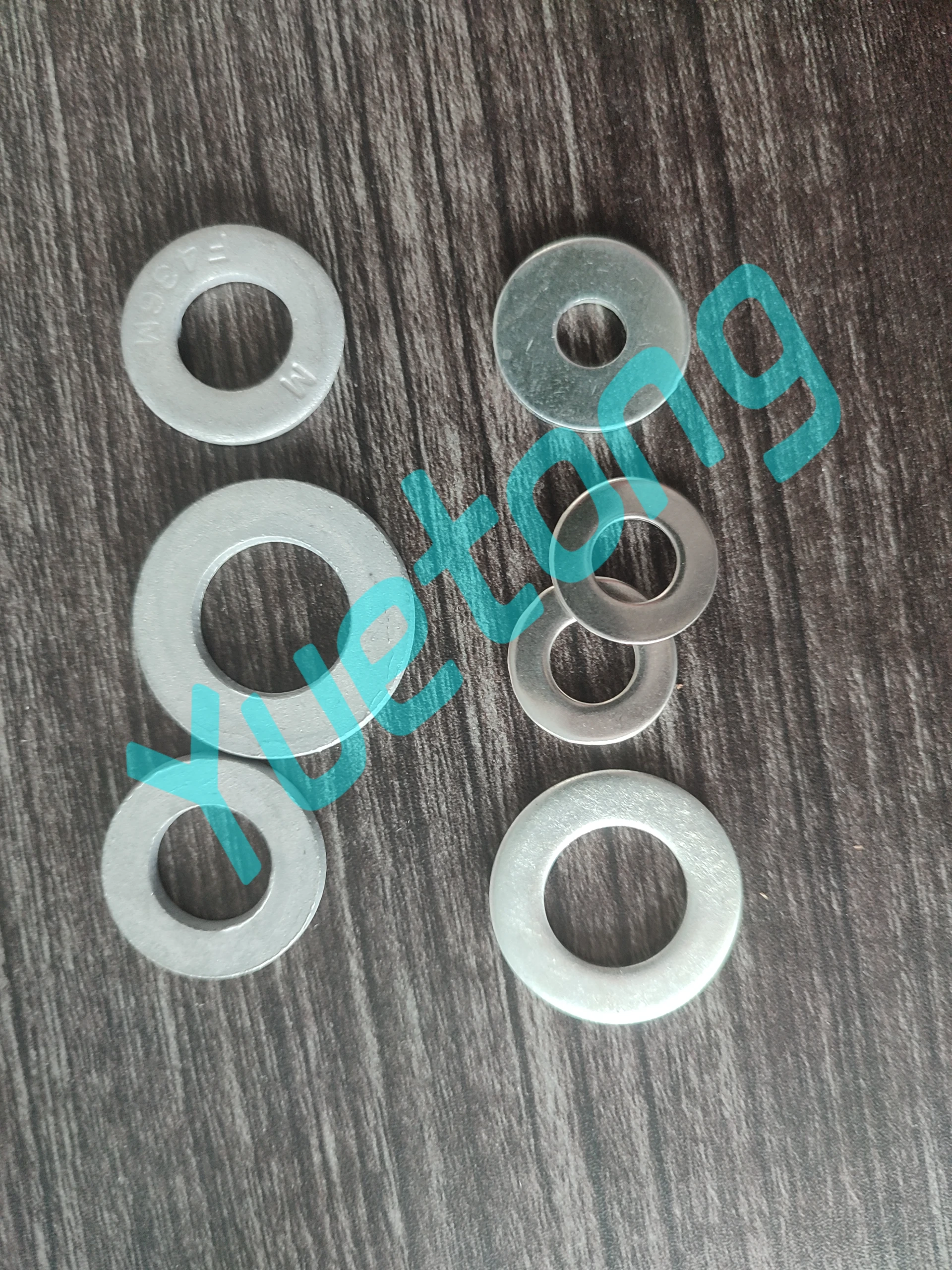Set . 25, 2024 13:26 Back to list
Exploring the Applications of Bolt-On Anchor Points in Various Industries
Understanding Bolt-On Anchor Points A Guide to Safety and Versatility
Bolt-on anchor points are essential components in various industries where safety and security are paramount. They serve as fixed points that allow for the attachment of safety equipment, such as harnesses and lanyards, helping to prevent falls and ensure the safety of personnel working at heights or in hazardous environments. This article delves into the significance of bolt-on anchor points, their applications, and their installation considerations.
What are Bolt-On Anchor Points?
Bolt-on anchor points are sturdy, permanently installed fixtures that can securely support the weight of an individual, or even multiple individuals, depending on the design and specifications. Typically made from high-strength materials like steel or aluminum, these anchor points are designed to endure the forces exerted during a fall, adhering to strict safety standards.
The term bolt-on refers to the installation method, which involves bolting the anchor point directly to a structural element, such as a beam or concrete surface. This method establishes a strong and reliable connection that is crucial for the safety of users. The installation of these anchor points is typically done by certified professionals to ensure compliance with safety regulations and standards.
Applications of Bolt-On Anchor Points
Bolt-on anchor points are versatile and can be used across various sectors. In construction, they are essential for workers who perform tasks at elevated heights, such as roofing, scaffolding, or exterior building maintenance. In the shipping and logistics industries, these anchor points can secure cargo loads and help workers safely load and unload materials.
bolt on anchor point

Moreover, they are instrumental in rescue operations or emergency services, allowing professionals to secure themselves when performing potentially dangerous tasks. In industrial settings, bolt-on anchor points are utilized for maintenance activities on machinery or elevated platforms, ensuring workers have a reliable safety attachment point.
Safety Standards and Regulations
The installation and use of bolt-on anchor points must comply with local safety regulations and standards, which vary by region. Organizations like OSHA (Occupational Safety and Health Administration) in the United States provide guidelines to ensure that these anchor points are installed correctly and maintained regularly to function effectively.
Regular inspections are vital to ascertain the integrity of the anchor points. Factors such as corrosion, wear and tear, and environmental conditions can affect their performance. Consequently, organizations must implement inspection protocols and replace any compromised or outdated anchor points to maintain a safe working environment.
Conclusion
In summary, bolt-on anchor points play a critical role in ensuring the safety of personnel working in elevation or hazardous conditions. Their robust design, when installed correctly, provides a reliable means for securing safety equipment, ultimately preventing falls and accidents. By adhering to safety standards and regularly inspecting these anchor points, organizations can foster a culture of safety and enhance the overall security of their work environments. Investing in high-quality bolt-on anchor points symbolizes a commitment to worker safety and operational excellence, paving the way for safer workplaces across various industries.


